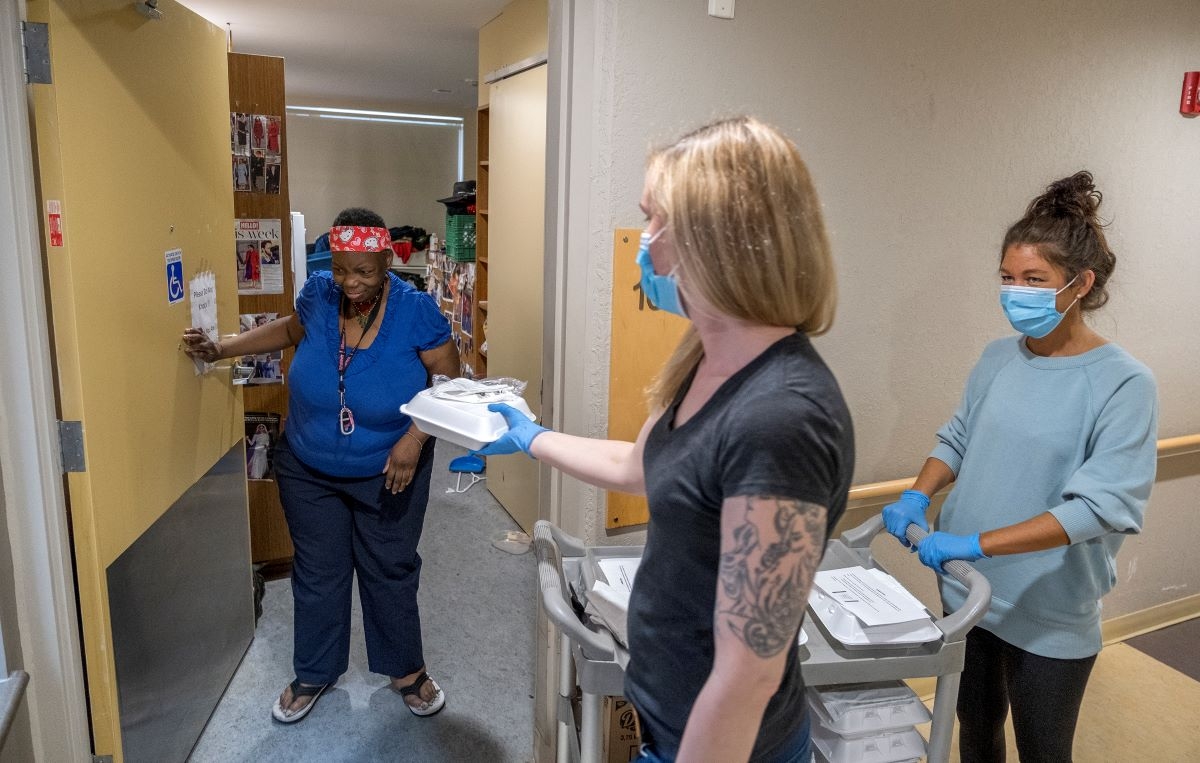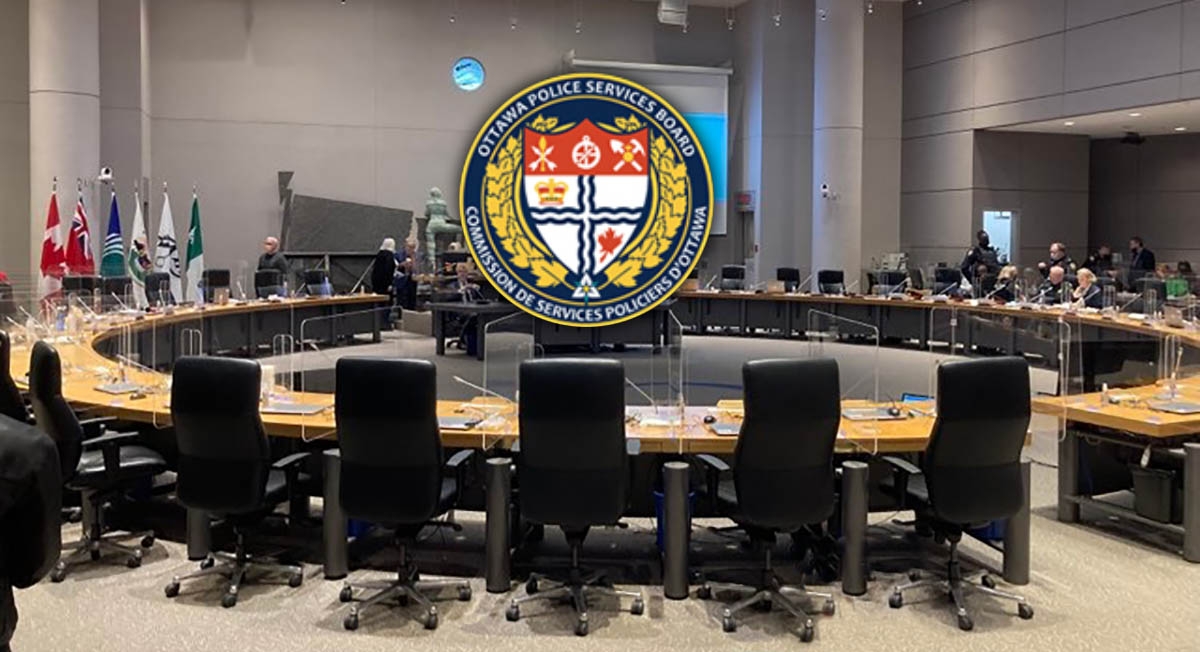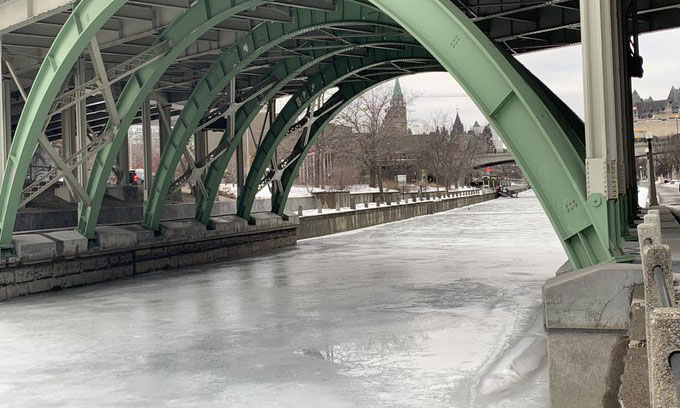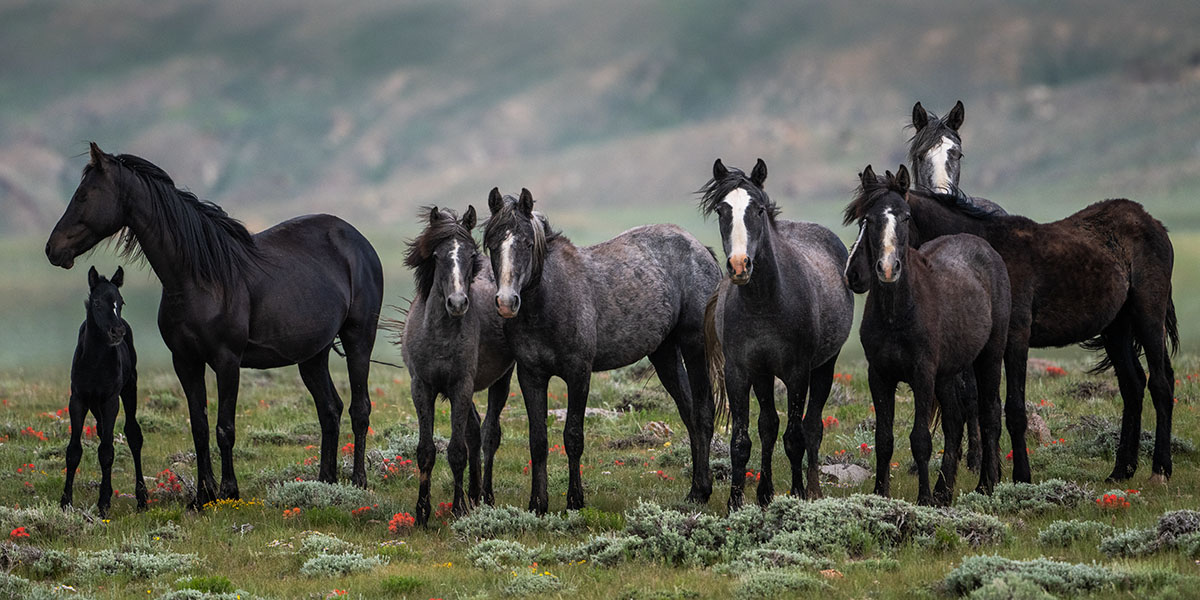
Sandy Sharkey: Passionate Photographer With a Heart for Wild Horses
Former radio show host, Sandy Sharkey is known for her hearty laugh and charming personality. Yet beneath the spirited demeanour of this Ottawa-based equine photographer, guide, and speaker lies a steely resolve to keep wild horses free. We explore her journey from the world of radio to answering the call of the wild.
For 35 years, she was the golden voice on Ottawa’s CFRA, Kool FM, 939 BOBFM and Boom 99.7 radio stations entertaining listeners, interviewing bands and announcing contest prize winners. As a radio show host, she was also instrumental in mobilizing aid for community needs, including promoting the Ottawa Humane Society. Today, Sandy Sharkey is using her voice to advocate for the welfare of wild horses through her photography, retreats, webinars, speaking engagements, presentations and social media posts. This a cause that she has whole-heartedly embraced as her life’s goal. But how did it all begin?
Sandy’s love affair with wild horses
“I always loved horses right from childhood when my dad would drive me to the countryside to see them,” says Sandy. Her first exposure to wild horses or ‘wildies’, however, was on a life-changing trip when she was 23 years old.
“I had saved up all my money to go on this week-long horse riding trip in Alberta’s Rocky Mountains and I was assigned a big draft mix horse called Jim. Unfortunately, within an hour I was in so much agony that I had to get off my horse and for the rest of that week I was confined to the camp with Jim, while everyone else went trail riding. One afternoon, I was lying on my back in this beautiful alpine meadow, when all of a sudden the earth shook. At first I thought it was an earthquake, but then a herd of wild horses ran right past us. That was the first time I saw wild horses. Till then, I didn’t even know they existed. It was the most magnificent sight I’d ever seen and it wasn’t till much later that I realized how this trip would change my life, because shortly after that I was diagnosed with a hip issue and would never be able to ride a horse again.”
After the excursion, Sandy went back to her radio job, but she never forgot that exhilarating experience and used all her free time to photograph wild horses. When her radio career ended in 2017, it was a seamless transition to full-time equine photographer.
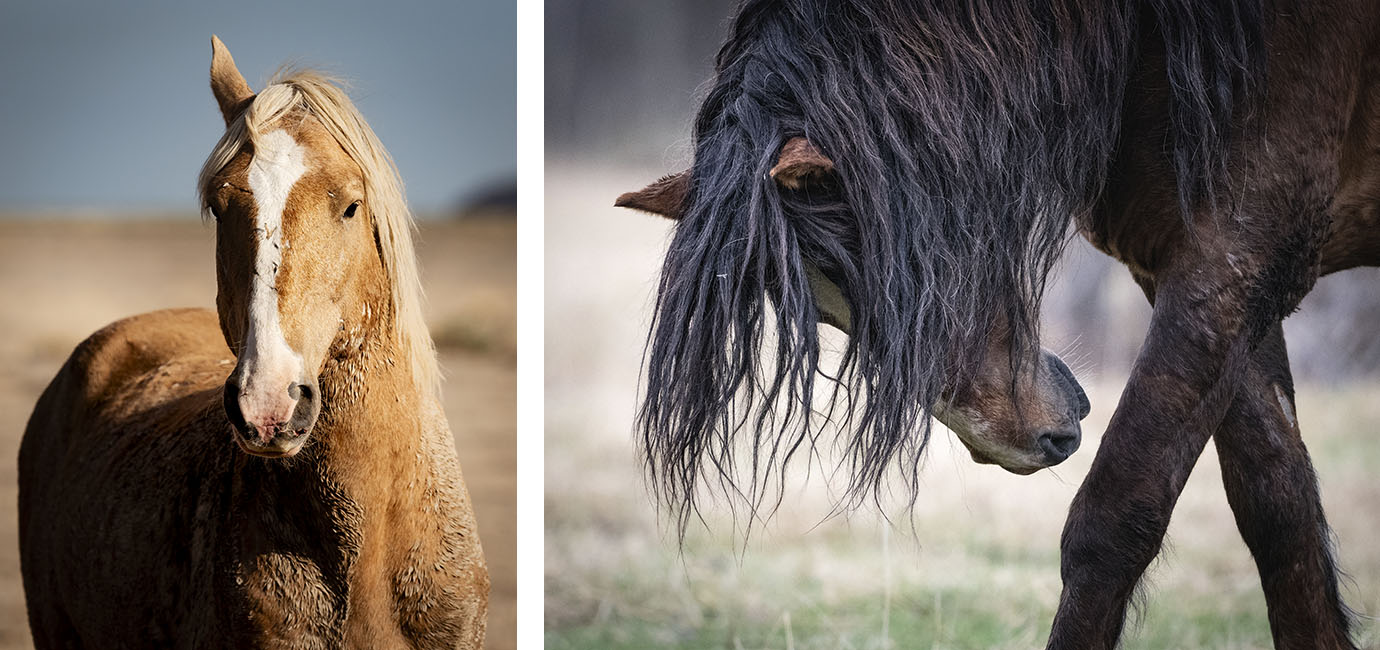
Forging a new career path
“At first, I decided I was going to travel as much as I could to photograph wild horses. On my travels, I met locals who enlightened me that wild horses were in grave danger, being rounded up by the thousands and sent to sordid holding facilities to languish for the rest of their lives. I decided then that it wasn’t enough for me to just take their photos, but I needed to do more to help these beautiful free-spirited creatures from being captured,” says Sandy.
She explains why wild horses are under siege. “Wild horses live on government land that ranchers lease out for their cattle, and they don’t want to share that land with wild horses. The Bureau of Land Management tells the public that these horses need to be removed because they are destroying ranch land, but in reality, livestock on these lands outnumber horses 30 to one. There are around 70,000 wild horses left in the United States, and over 270 million acres of public lands, that are actually owned by tax-paying citizens. Following years of intervention by wild horse advocates, laws are in place to prevent the slaughter of wild horses. However, their roundups still take place. This is a battle against which wild horse advocates, including myself, will continue to fight till our last breath.”
In Canada, wild horses are under protection of the Indigenous peoples in Saskatchewan and British Columbia. On Sable Island in Nova Scotia, they are recognized as a ‘naturalised species’ by Parks Canada. In Alberta, Help Alberta Wildies Society (HAWS) is doing all it can to advocate for the protection of wild horses in the foothills of the Canadian Rocky Mountains and the last roundup there took place in 2015. Sandy, who is actively involved with HAWS, was also instrumental in the HAWS rescue mission of a newborn foal, ‘Dusk’ in Alberta last spring.
Since 2013, Sandy has travelled throughout the American Southwest, Alberta’s Rocky Mountain foothills and Sable Island to photograph wild horses. She has also photographed the Kaimanawa wild horses of New Zealand, the Garrano wild horses of Portugal and the Camargue horses of southern France. Additionally, she has been a citizen scientist documenting Mongolia’s rare wild Przewalski’s horses.
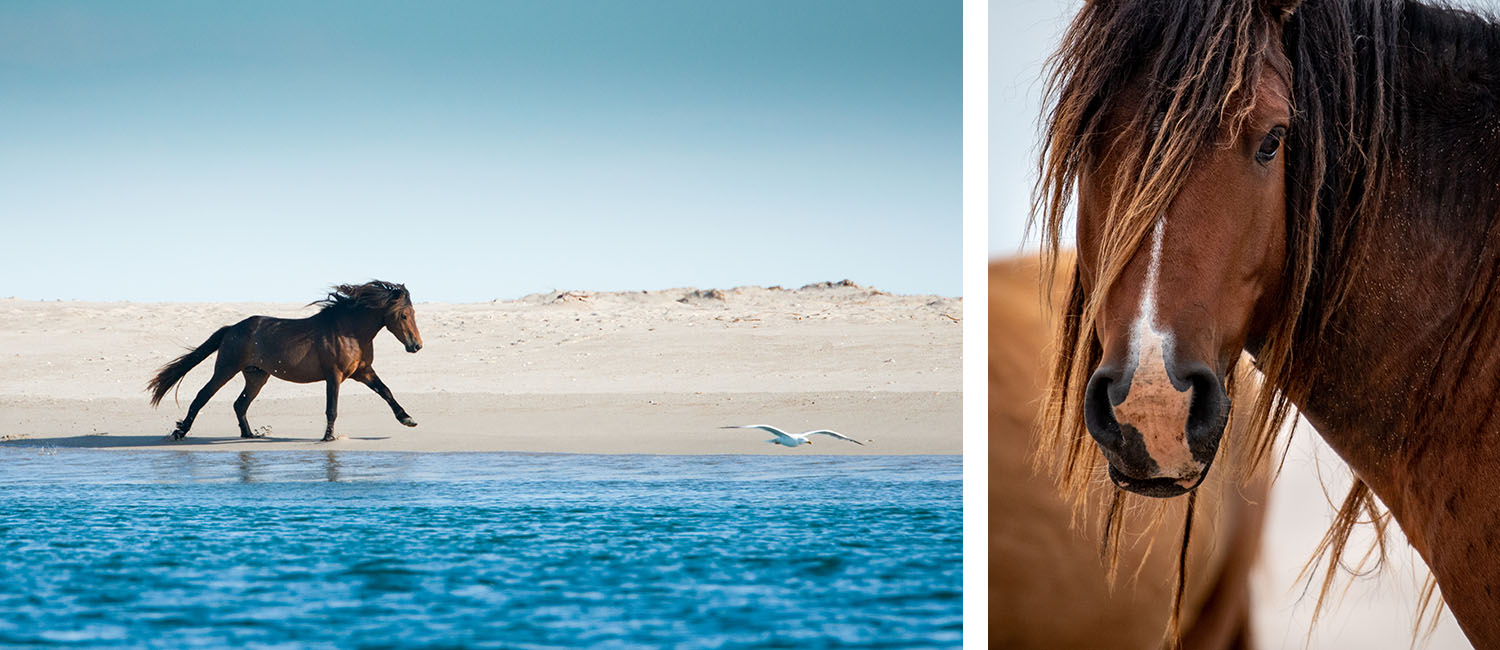
In 2018, she started ‘Find Wild Horses, Find Yourself’ – a series of equine wilderness retreats that she co-hosts with equine therapy coach Debbie Draves Legg in Alberta, Patagonia and Portugal. The Alberta retreats are held every spring, with two upcoming retreats from April 28–May 4 and May 6–12. For each guest, a $100 donation is made to HAWS. While the retreats are transformative, Sandy says every individual can use their voice to support wild horses. She even has a hashtag for it: #ButImJustOnePersonSaid300Milli
Sandy is also an official Sable Island guide with Kattuk Expeditions. She has held wild horse photography exhibitions across Ottawa and is a speaker and panellist at various seminars and webinars, including the upcoming third annual Wild Horse Solutions Summit on April 11 2024, organised by Equine Collaborative International.
A once-in-a-lifetime encounter
In 2018, Sandy, her husband, Rob Bennett and their dog, Dude, undertook a 14,000-mile road trip across twenty US states and three Canadian provinces to photograph wild horses. This trip was especially memorable for Sandy for two reasons.
First, she had a close-up encounter with a wild horse in Wyoming. “While driving down this road in Bighorn Canyon, I spotted some wild horses off in the distance and went to take photos of them, while Rob stayed back with Dude in the RV. On my way back to the vehicle, while I was checking the photos on my camera, I suddenly heard a sound behind me. I turned around to see this wild stallion standing five feet away. I just stood still and we looked at each other for a long moment, until he finally walked off into the forest. This was one of the most magical encounters of my life, and my husband Rob, who witnessed it from the RV, managed to capture some incredible photos of the experience,” narrates Sandy.
On the same trip, Sandy and her husband also stumbled upon an emergency roundup of wild horses and filmed a town hall meeting where local residents were trying to plead with the Bureau of Land Management to let their wild horses stay. Sandy later offered to share this footage with American screenwriter and director Ashley Avis (director of the 2020 film Black Beauty), who was producing a documentary Wild Beauty: Mustang Spirit of the West based on her own footage of wild horse roundups in the American West. That eventually led to Sandy becoming an artisan ambassador of Ashley’s Wild Beauty Foundation, which is dedicated to the protection of wild and domestic horses in North America.
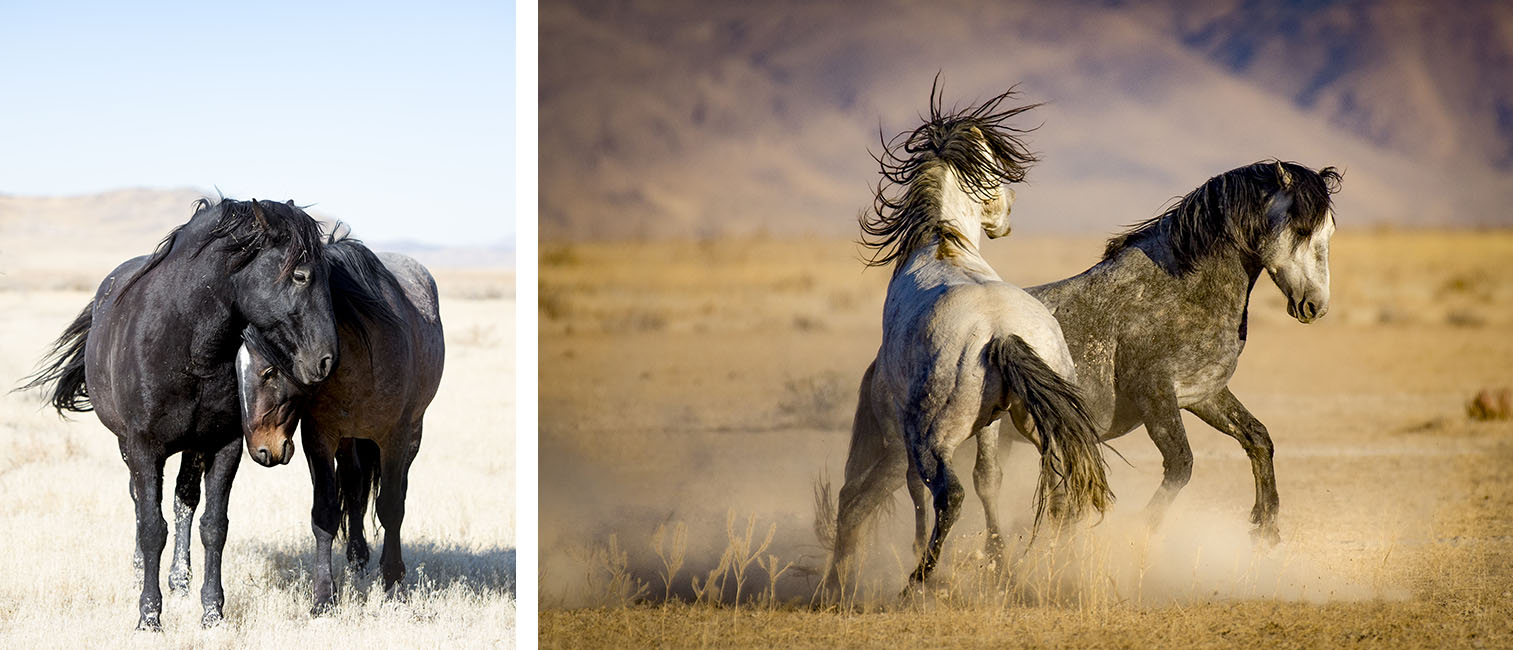
Bitten by the travel bug
Sandy loves travelling and discovering hidden wild horse habitats. “Wild horses live in amazing places. There’s no better feeling in the world than driving a big pickup truck through the desert with a case of water, a loaf of bread, a jar of peanut butter, and my camera. I could spend days doing that all by myself,” she laughs.
So what’s next on her travel wish list? “Tuscany, Chile and Namibia,” she quips. When not advocating for wild horses, Sandy voices and writes radio commercials as a freelancer.
She signs off on an optimistic note. “I hope that I live to see the day that wild horses are given the protection and respect they deserve. I can’t think of anything else I’d rather be doing than fight for their freedom.”
Photos: sandysharkeyphotography
• Sandy Sharkey has a Diploma in Advertising and Marketing from Algonquin College of Applied Arts and Technology and is an alumnus of Ottawa School of Photographic Arts.
• She is an accredited equine photographer with Professional Photographers of Canada.
• Sandy lives in Manotick with her husband, Rob Bennett, a software developer working in geographic information systems for the Canadian Wildlife Service and their nine-year-old Bernese mountain dog, Dude.
• Sandy’s wild horse prints can be purchased from her website. Sandy can be contacted on FB at Sandy Sharkey Photography and Sable Island Horses: Wild and Free Twitter: @sandysharkey and @sableislandwildhorse or Instagram: @sandysharkeyphotography and @sableislandwildhorses. Her blog chronicles her wild horse photography, retreats and adventures.

